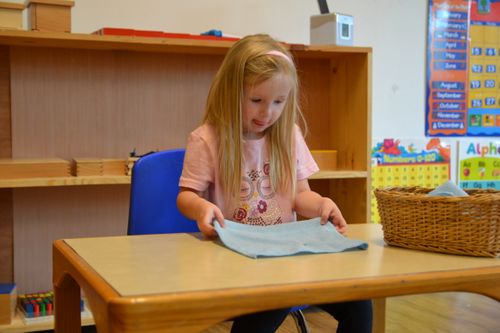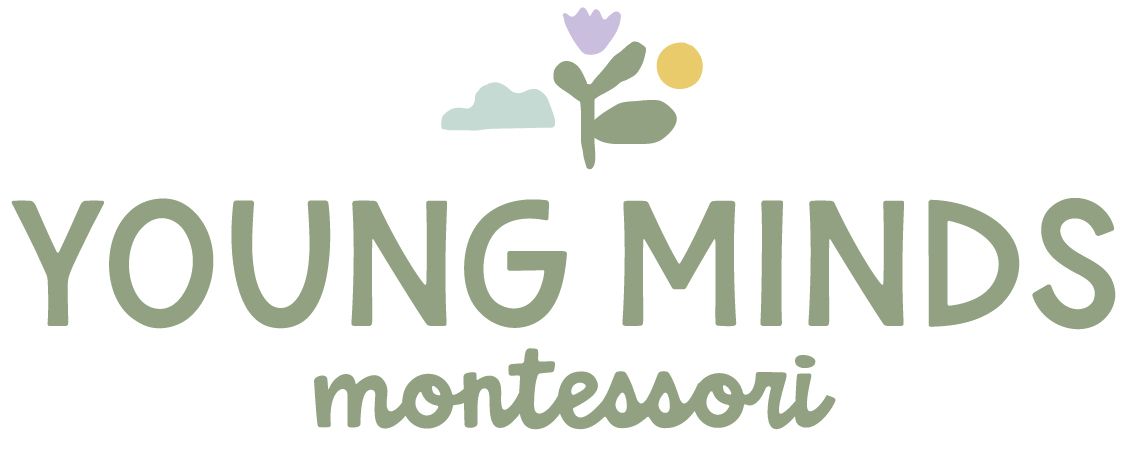Primary (3-6 years)

Primary Classrooms (3-6 years)
Primary classrooms are specially designed to focus on the individuality of each child in respect of their needs and talents, as opposed to the needs of the class as a whole. The entire environment is created to facilitate their learning process. Maria Montessori observed that children learn by doing and wrote that the "hand was the instrument of the mind".
The Montessori curriculum, techniques and materials satisfy the natural tendency for this age. Independence, coordination, order, self-discipline and concentration are developed through the materials.
The children are given lessons using the materials and then are free to explore and observe. An emphasis is placed on the process rather than the product of learning. The aim is to develop a love of work and a joy of learning. The Primary Program encourages independence and freedom within limits and responsibility.
The Primary Montessori Program of education is divided into five major categories: Practical Life, Sensorial, Language, Mathematics, and Culture. The Montessori Primary Program is based on the three-year cycle, with the third year serving as the culmination of the preparatory work during the first two years. During the third year, everything the child has been doing for the past two years comes to maturity, resulting in exciting leaps and bounds.
Practical life activities enhance the development of control and movement, sequencing and concentration through inviting and purposeful work.
Sensorial materials enable the child to order, classify and describe sense experiences such as dimension, color, texture, sound and sight.
Language includes oral language development, written expression, reading, elements of grammar, and literature.
Mathematics makes use of manipulative materials to help the child gain an understanding of the concepts of number, symbol, sequence, operations, and memorization of basic facts.
Music and art are vehicles for self-expression as well as areas around which to build appreciation for other modes of communication.
